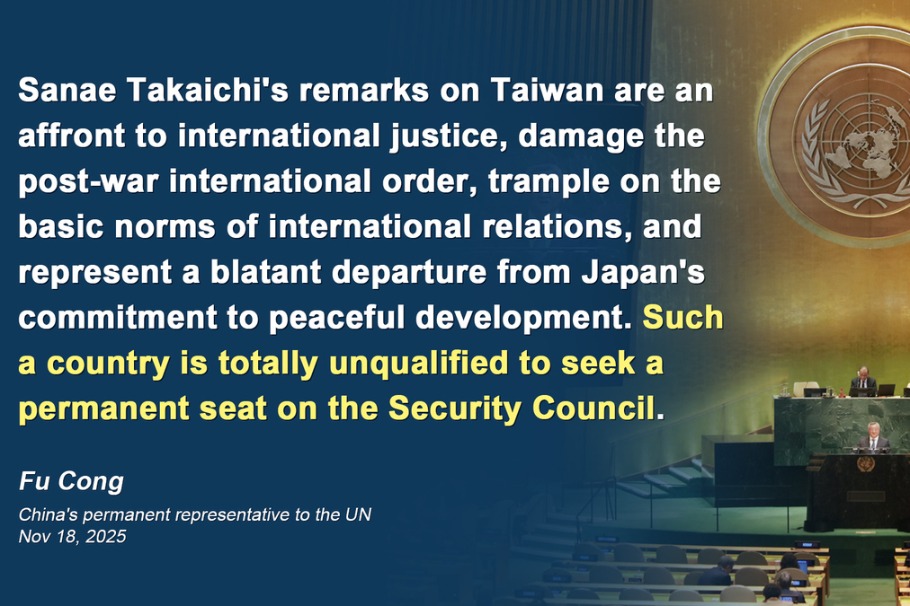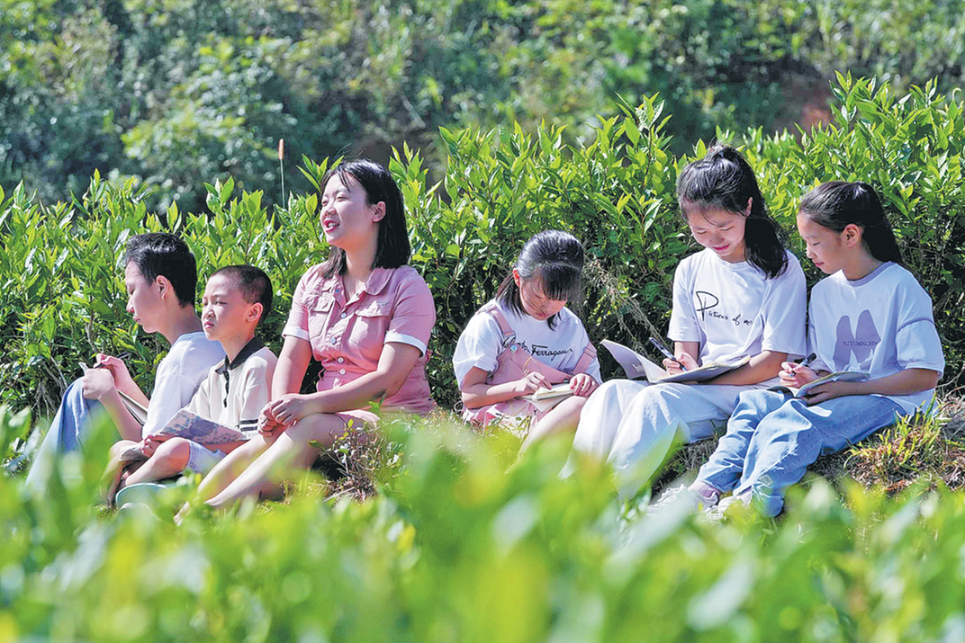Deadly rise in temperatures heats up debate

WASHINGTON - By the end of this century, summer heat waves could exceed the upper limit of human survivability in areas of South Asia, a new study said on Wednesday.
The worst-affected regions would be the Chota Nagpur Plateau, northeastern India, and Bangladesh, according to the study published by the US journal Science Advances.
"Our findings have significant implications to the ongoing considerations regarding climate change policy," said the study, which is based on detailed computer simulations using the best available global circulation models.
The research is based on two climate models. One is a "business-as-usual" scenario in which little is done to contain climate change, and the second is aimed at limiting temperature rise to well below 2 C, as pledged by more than 190 nations under the 2015 Paris climate accord.
The study is the first of its kind to look not just at temperatures, but at the forecast of "wet-bulb temperature," which combines temperature, humidity and the body's ability to cool down.
The survivability threshold is considered to be 35 C.

"It is hard to imagine conditions that are too hot for people to survive for a more than a few minutes, but that is exactly what is being discussed in this paper," said Stanford University climate scientist Chris Field, who was not involved in the study. "And of course, the danger threshold for punishing heat and humidity is lower for people who are ill or elderly."
Under a business-as-usual scenario, "wet-bulb temperatures are projected to approach the survivability threshold over most of South Asia, and exceed it at a few locations, by the end of the century," said the report.
About 30 percent of the population in the region would be exposed to these harmful temperatures, said the report.
The densely populated farming regions of South Asia could fare the worst, because workers are exposed to heat with little opportunity for escape into air-conditioned environments.
"Deadly heat waves could begin within as little as a few decades to strike regions of India, Pakistan, and Bangladesh, including the fertile Indus and Ganges river basins that produce much of the region's food supply," said the report.
But researchers said their models gave cause for hope, too. Under the scenario in which steps are taken to limit warming over the coming decades, the population exposed to harmful wet-bulb temperatures would increase from zero to just 2 percent.
Temperatures would still reach dangerous levels (over 31 C), but would not be quite so close to the fatal threshold.
"There is value in mitigation, as far as public health and reducing heat waves," said lead author Elfatih Eltahirhe, professor of environmental engineering at the Massachusetts Institute of Technology.
"With mitigation, we hope we will be able to avoid these severe projections. This is not something that is unavoidable."
Deadly heat is already common. In 2015, a heat wave across India and Pakistan killed 3,500 people. Disaster management officials already have urged India's cities and states to create heat action plans, after recording 13 of the country's hottest 15 years on record since 2002.
Xinhua - Afp - Ap

(China Daily USA 08/04/2017 page2)
Today's Top News
- Japan's PM seen as playing to right wing
- Mainland increases entry points for Taiwan compatriots
- China notifies Japan of import ban on aquatic products
- Envoy: Japan not qualified to bid for UN seat
- Deforestation is climate action's blind spot
- Japan unqualified for UN Security Council: Chinese envoy






























